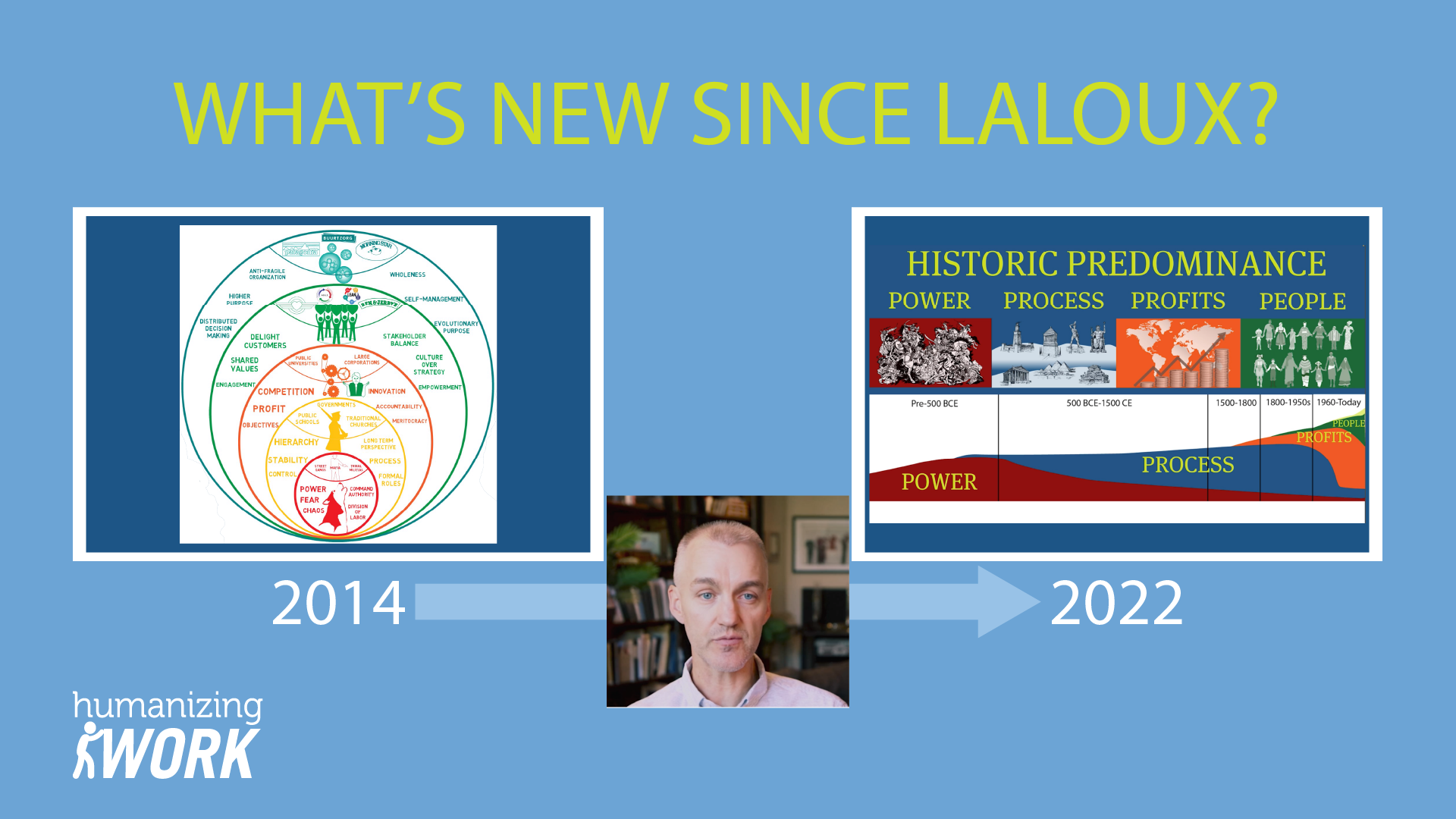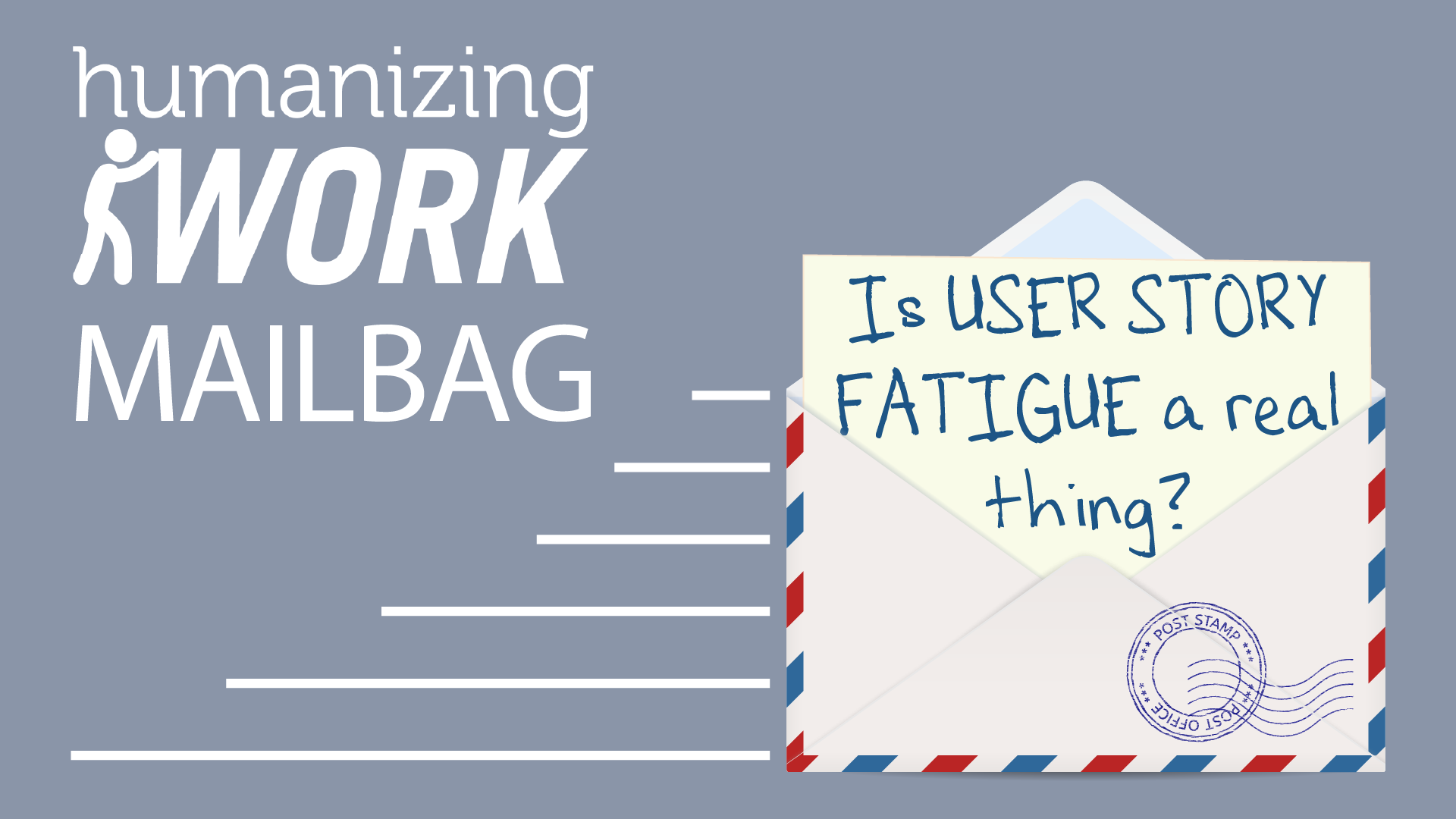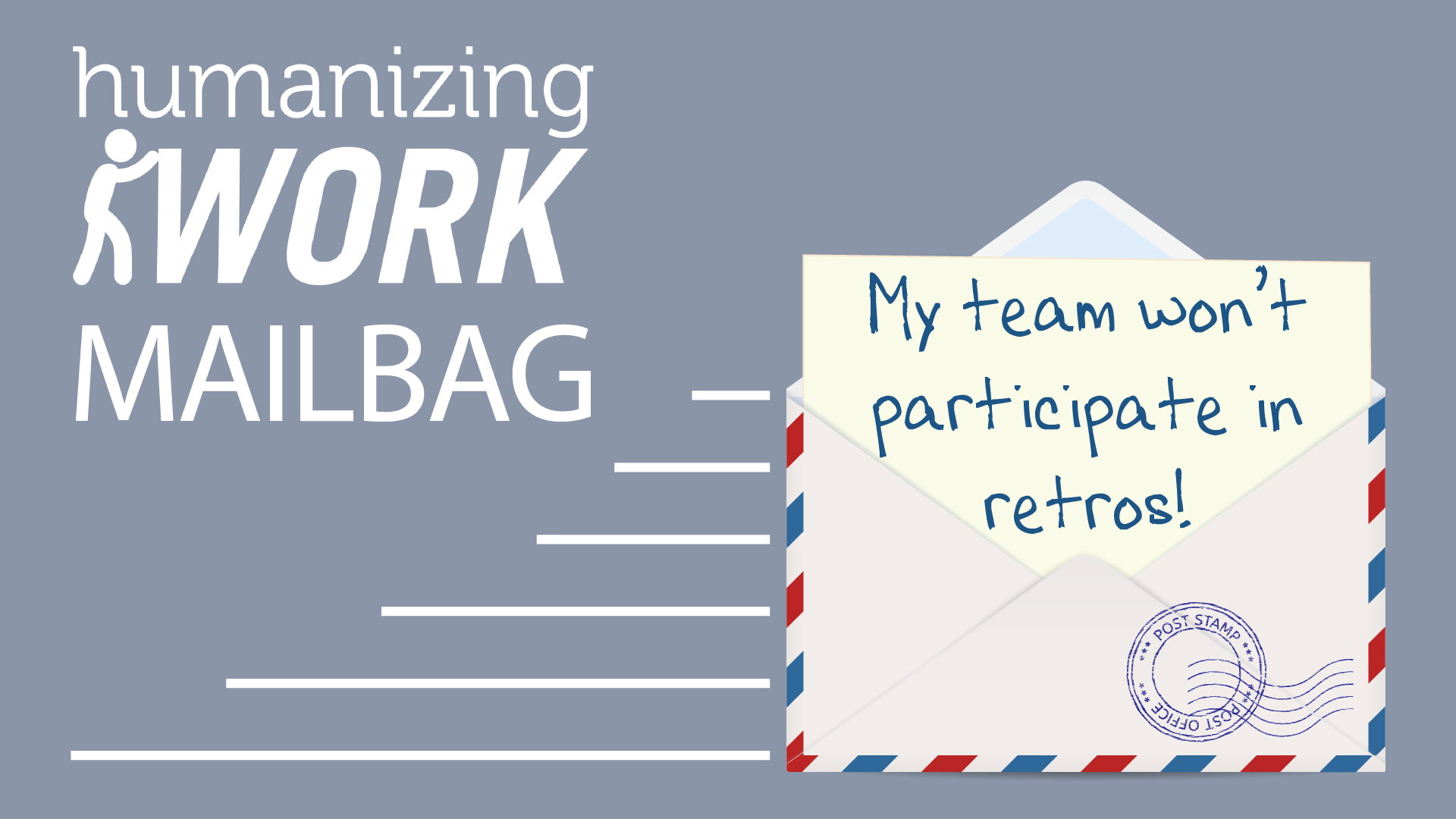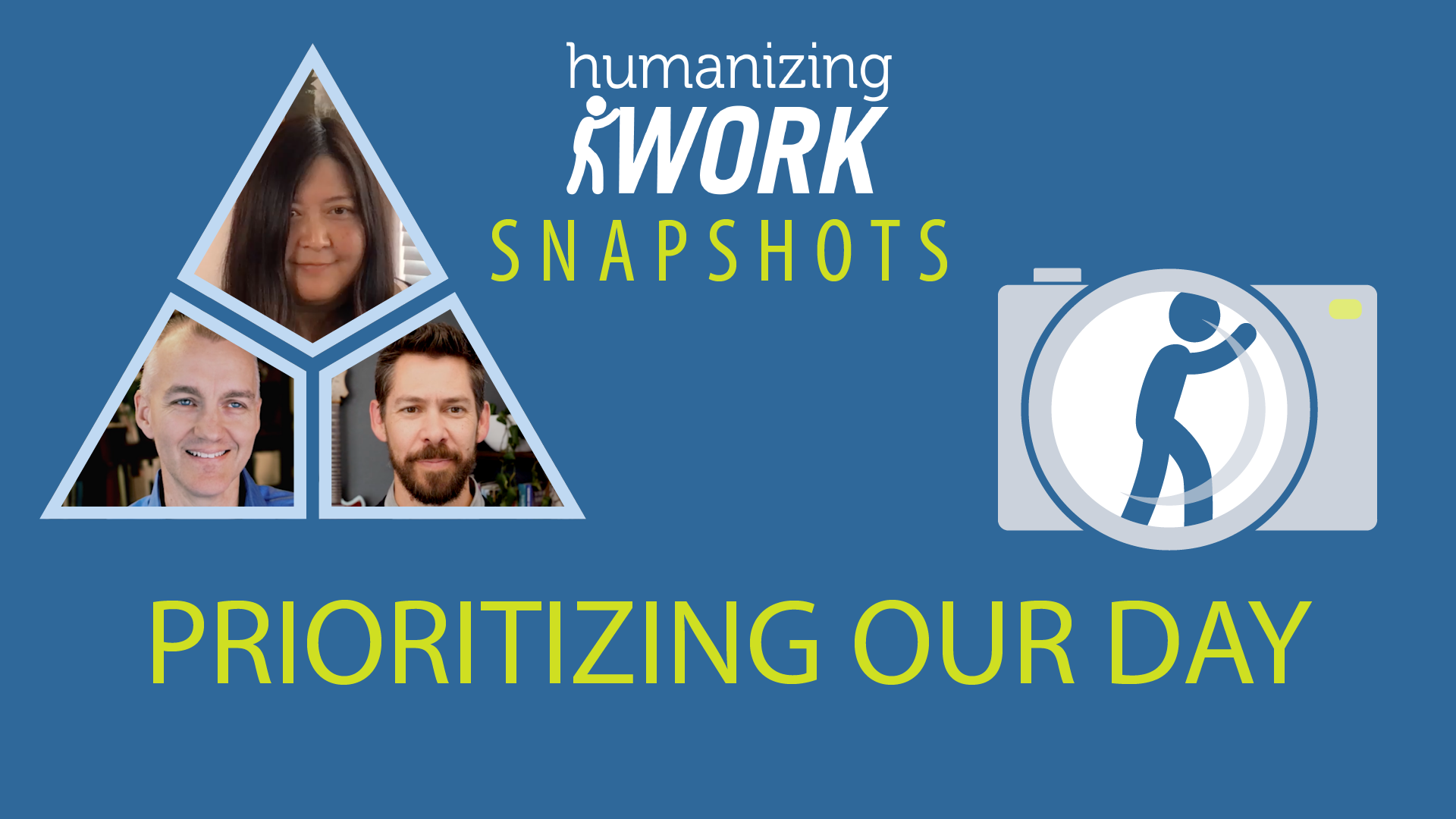Grilling next week’s chicken (or how to get people to work outside their specialty)
Prev 1 of 1 Next… Read More

Prev 1 of 1 Next… Read More

From time to time, a prospective client or a participant in a workshop asks something like, “Why do you use hypothetical examples for practice in… Read More
Prev 1 of 1 Next… Read More

Prev 1 of 1 Next… Read More

Prev 1 of 1 Next… Read More

Prev 1 of 1 Next… Read More

Prev 1 of 1 Next… Read More

Prev 1 of 1 Next… Read More

Prev 1 of 1 Next… Read More

Prev 1 of 1 Next… Read More
